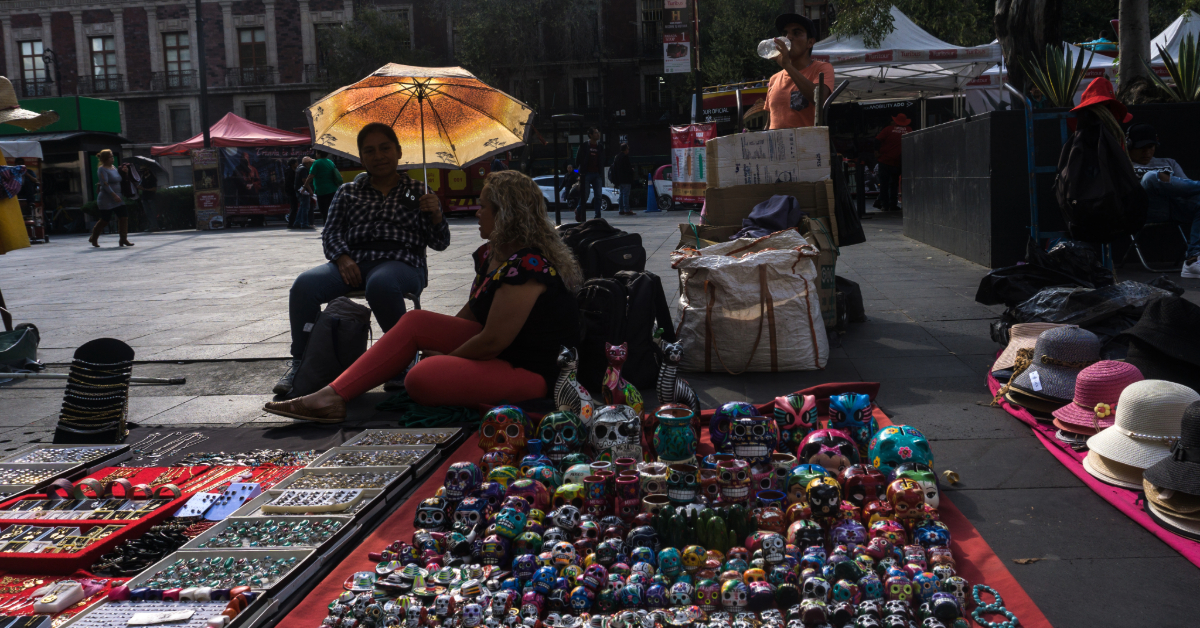Puerto Vallarta, Mexico - Extortion and violence linked to organized crime continue to plague Mexico's informal workforce, a sector that comprises over half of the country's employment. Vendors and street market merchants, struggling to make a living, face relentless pressure from criminal cartels and local bosses demanding protection money.
Street vendors across Mexico, dealing in everything from food and clothing to technology and jewelry, are held hostage by the pervasive "floor fee" extortion racket. In a grim reality, motorcyclists, often armed and masked, approach these vendors, demanding payments. Refusal or inability to pay this criminal tax . . .






